This Coral Reef Report Card is based on a five-year study to evaluate the health of the coral reefs of New Providence and Rose Islands. It shows that despite the impacts these reefs have endured over the last forty years, there is hope for their recovery by implementing proven conservation measures. Though half of the reefs in the New Providence area are in fair to good condition and about half are in poor condition, the areas studied still have their reef structure intact and provide habitat for key species that will be essential to bring back the reefs of these islands.
Coral reef decline in The Bahamas is of great concern, but this study and resulting Coral Reef Report Card, provides some very encouraging news: there are a few, key effective strategies, that we can use over time to help these reefs eventually return to their former glory, such as establishing Marine Protected Areas, strengthening fishing regulations and promoting recovery of populations of key species.
The study was conducted by researchers from the country’s key environmental agencies and conservation groups, including Bahamas National Trust, The Nature Conservancy, Department of Marine Resources, and BREEF, as well as students from the College of The Bahamas. Over 25 individuals were trained using the Atlantic and Gulf Rapid Reef Assessment (AGRRA) methodology that measures key coral reef health indicators: reef structure; amount of plant eaters present; live coral, sponge, and algae coverage; and the size of the grouper population. Two AGRRA scientists, Dr. Judith Lang and Dr. Patricia Kramer, and Ms. Krista Sherman of the Bahamas National Trust, joined me in authoring this report.
There were some surprises that were found during the research. There is a great amount of variability in reef health throughout New Providence and Rose Islands, as well as irregularity in the coral species composition. Overall, the reefs on the west side of New Providence Island were healthier than the east side. Despite their poorer overall health, some reefs off of Rose Island still featured important, but now rare, species such as staghorn coral, a coral that used to be common throughout the country.
The Coral Reef Report Card makes recommendations for next steps that focus on reducing human pressures on the reefs. All of the reefs surveyed from 2011-2012 showed signs of human impact and stressors that negatively affected their health. This isn’t surprising since these reefs are close to the population and tourism center of The Bahamas. These threats can be greatly reduced by using the data collected to help establish the first coral reef Marine Protected Areas around New Providence and Rose Islands, protecting parrotfish to reduce algae coverage which helps coral grow, improving fisheries regulations for Nassau grouper and other grouper species and increasing the scope of in-country coral reef restoration programs.
Those that have been involved in this work are now excited to move on to next steps which include creating a Coral Reef Report cards for the coral reefs of Andros Island and eventually a report card for the reefs of the whole country. Scientists have already established multiple coral reef nurseries off of New Providence, Abaco, The Exuma Cays and Andros Islands to bring back populations of endangered coral species, and are working with government officials to establish a Marine Protected Area off of New Providence Island as well as looking at fishing regulations that could help coral reefs, fish populations and fisherman alike.

